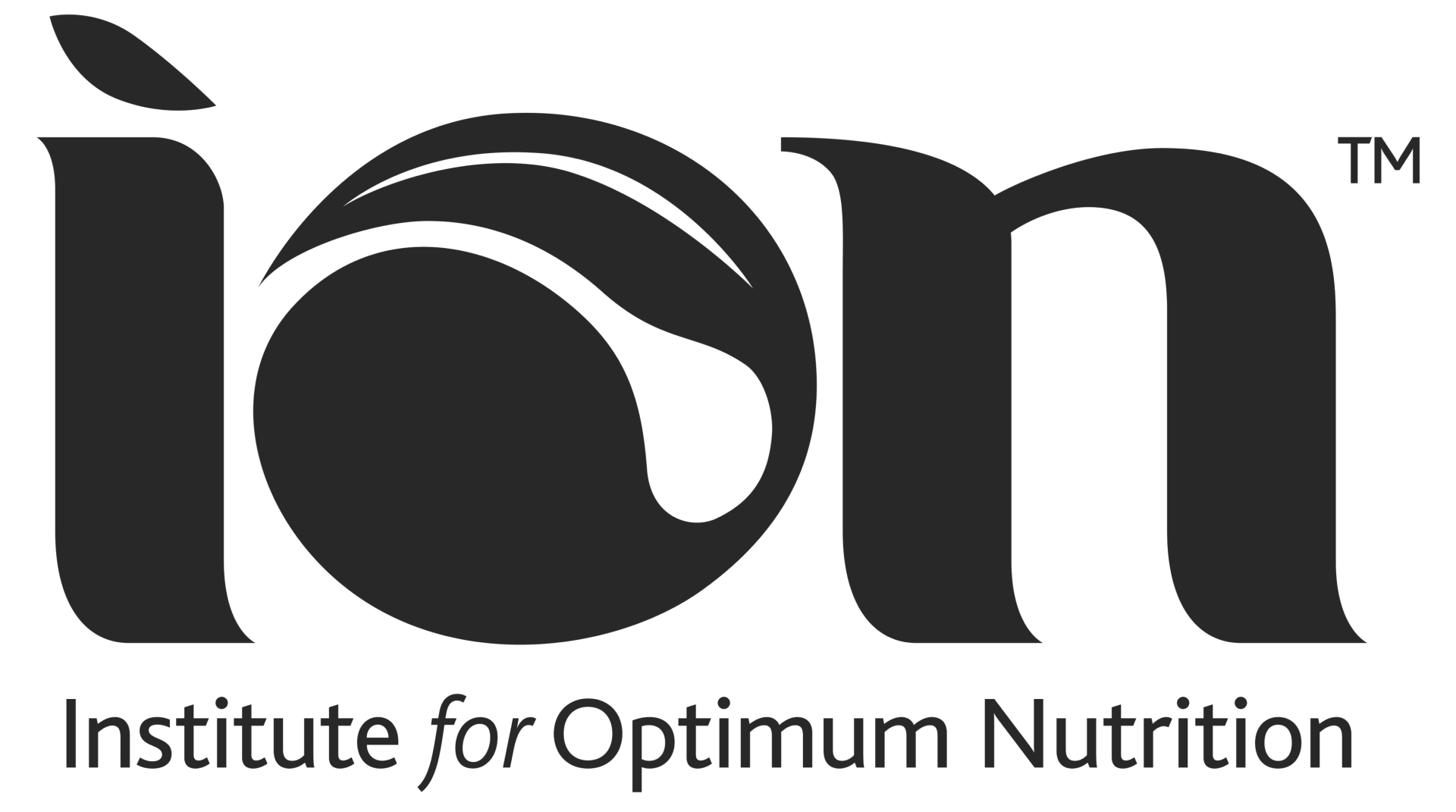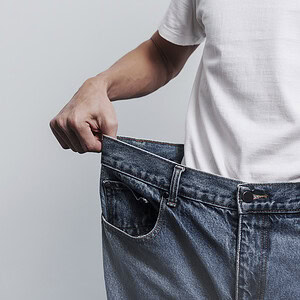Published on 1st October 2017
Intermittent fasting (IF) – i.e. on-and-off fasting – could offer a preventive and therapeutic approach against obesity and metabolic disorders, according to findings published in Cell Research.
Researchers found than mice exposed to a 16-week IF regimen, comprising one day of fasting followed by two days of feeding, weighed less than mice in the control group which continued to eat the same volume of food.1,2 The calorie intake of the IF mice had not been adjusted otherwise. The mice in the IF group also demonstrated metabolic benefits and had a lower fat build-up in the white fat (by increasing the brown-like fat which burns energy) and more stable glucose and insulin levels.
Kyoung-Han Kim, one of the study’s authors, said: “Intermittent fasting without a reduction in calorie intake can be a preventative and therapeutic approach against obesity and metabolic disorders.”
Another of the study’s authors, Yun Hye Kim, added: “Strikingly, these fasting-stimulated changes in the growth of vascular cells and subsequent immune alterations occur even after a single cycle of 24-hour fasting, and are completely reversed when mice start eating again.”
Fasting has been a hot topic in 2017, and we started off this year with an article on the very subject in the winter 2016/17 issue of Optimum Nutrition magazine. You can read the full article here.
Read more articles and recipes
References:
- springer.com/gp/about-springer/media/research-news/all-english-research-news/on-and-off-fasting-helps-fight-obesity/15140040
- Kim KH et al (2017). Intermittent fasting promotes adipose thermogenesis and metabolic homeostasis via VEGF-mediated alternative activation of macrophage, Cell Research [Online ahead of print].






